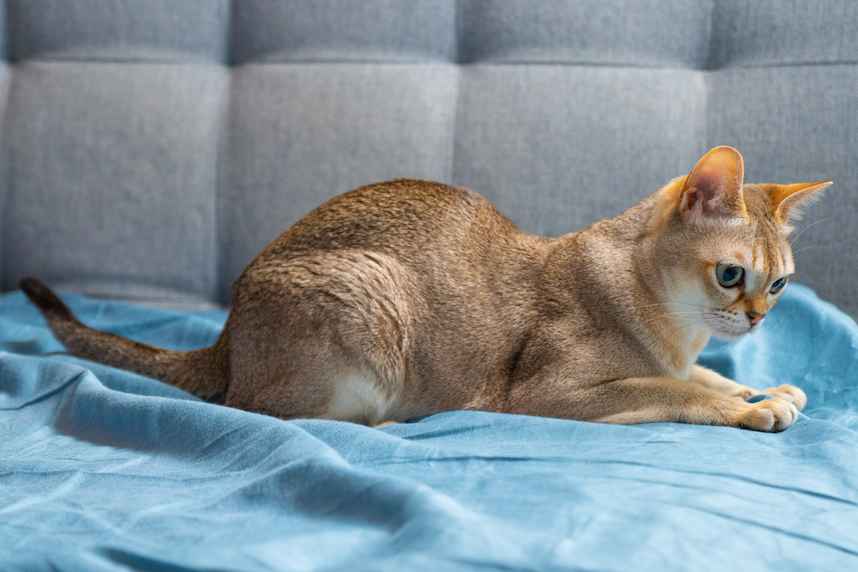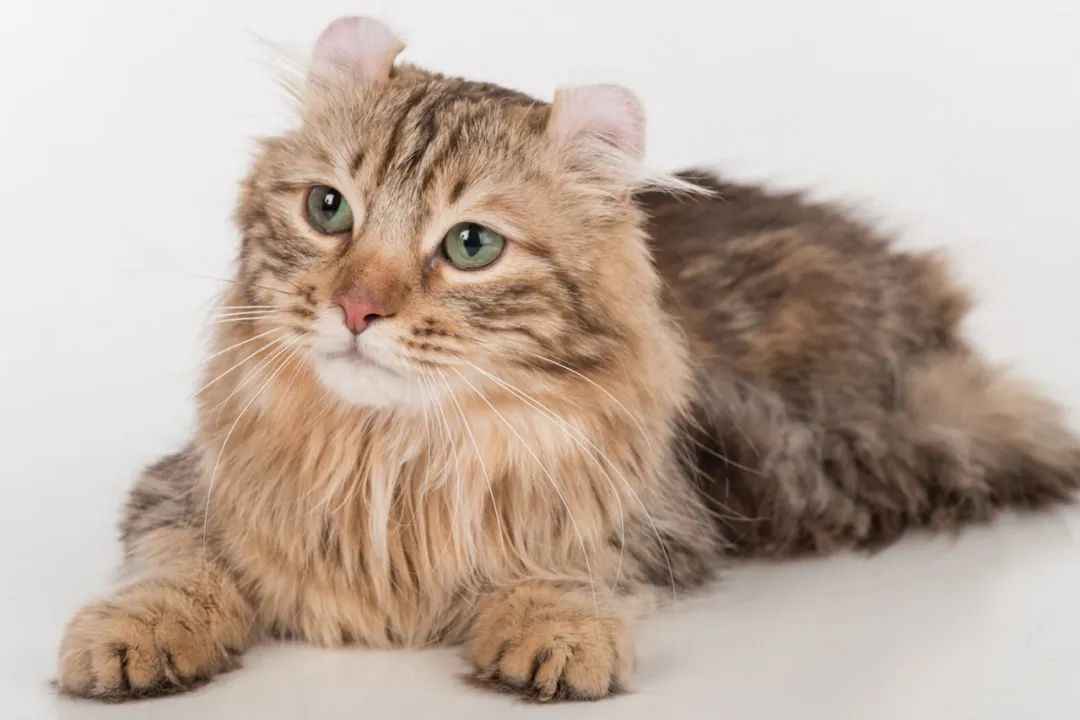
Singapore’s iconic Singapura cats, once dismissed as “drain cats” scurrying through the city-state’s alleys, have undergone a remarkable transformation from urban strays to internationally recognized feline treasures. With their diminutive size, affectionate demeanor, and unique ticked coat, these cats now captivate hearts worldwide, symbolizing Singapore’s evolving relationship with its furry companions.
The Singapura’s story begins in the 1970s when American expatriates Hal and Tommy Meadow encountered small, brown-ticked cats in Singapore’s streets. Believed to be descendants of local alley cats, these felines were brought to the U.S. and selectively bred to establish the Singapura breed, recognized by the Cat Fanciers’ Association (CFA) in 1981 . Weighing just 4–8 pounds, they are among the world’s tiniest domestic cats, with large, expressive eyes and a distinctive “sepia agouti” coat—each hair banded with light and dark brown, creating a shimmering effect . Their compact, muscular build belies their agility, while their playful and curious nature makes them ideal family pets .
In 1991, Singapore declared the Singapura a “living national treasure,” reflecting its cultural and historical importance . The breed even served as the Singapore Tourism Board’s mascot, though plans were later shelved due to debates over its origins . Despite their status, Singapuras remain rare in their homeland, with most found in international breeding programs. To preserve genetic diversity, TICA (The International Cat Association) launched a collaborative breeding initiative in 2017, introducing unrelated cats from Singapore to expand the gene pool .
Singapore’s recent shift in pet policies has further elevated the Singapura’s profile. In 2024, the government ended a 34-year ban on cats in public housing (HDB flats), allowing residents to legally keep up to two cats per household, provided they register the pets and implant microchips . The move followed a 2022 survey showing 90% of Singaporeans supported cat ownership . However, challenges persist: stray cat populations, estimated at 13,000 in public areas, require sterilization programs to manage overbreeding . Animal welfare groups urge stricter regulations to prevent abandonment, as the 2024 policy transition saw a surge in reported cases .
Internationally, Singapuras are celebrated for their intelligence and sociability. They thrive in interactive environments, often forming deep bonds with their owners . The breed’s popularity is reflected in events like the Asia Cat Expo 2025, where Singapuras will likely take center stage alongside other feline breeds . With Singapore’s pet market projected to grow, demand for high-quality cat food and specialized care is rising, aligning with the Singapura’s reputation as a premium breed .
As Singaporeans embrace their feline companions, the Singapura’s journey from anonymity to stardom mirrors the nation’s broader shift toward compassionate urban living. These tiny cats, once hidden in shadows, now stand as symbols of resilience and the enduring bond between humans and animals.





